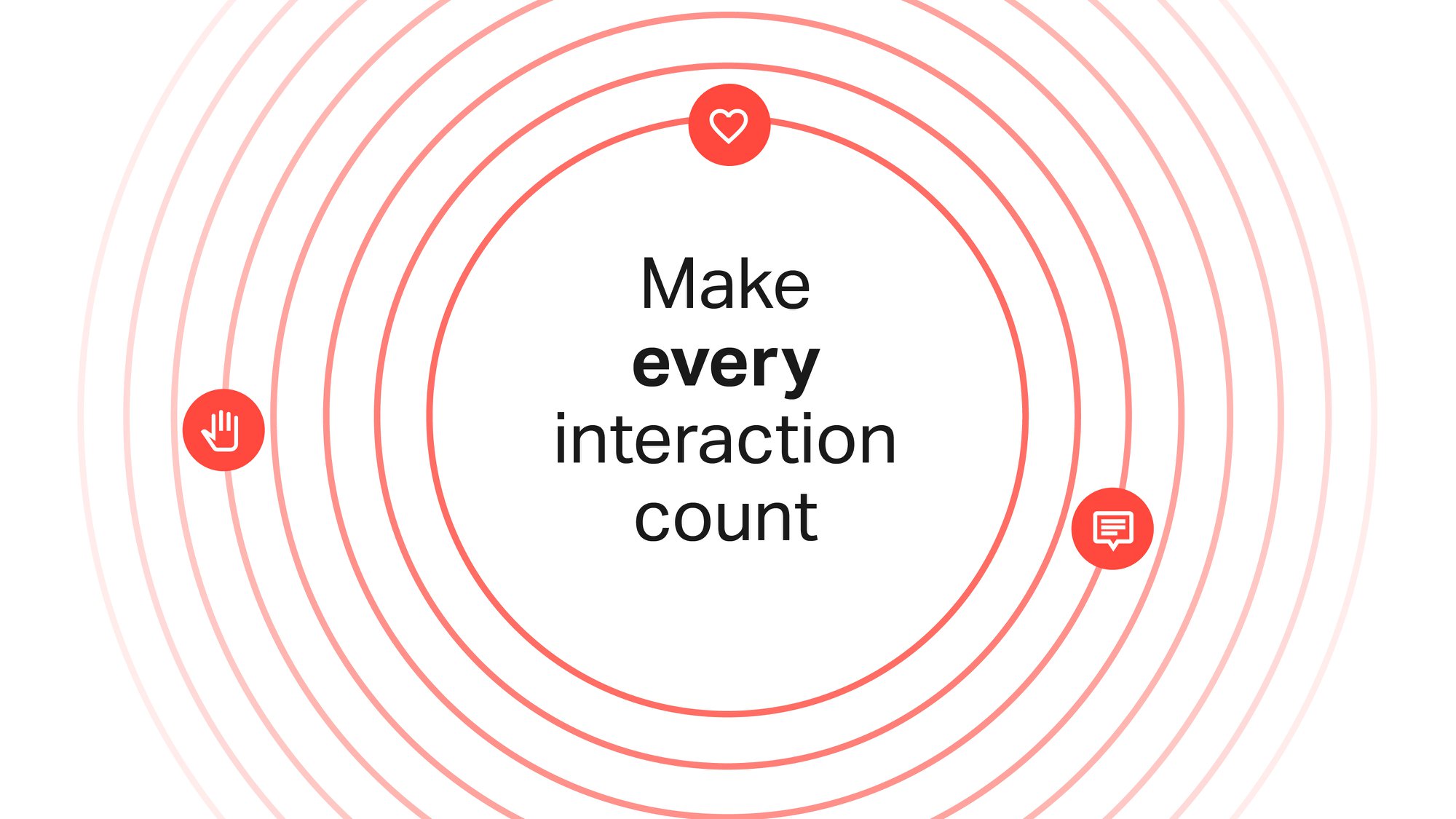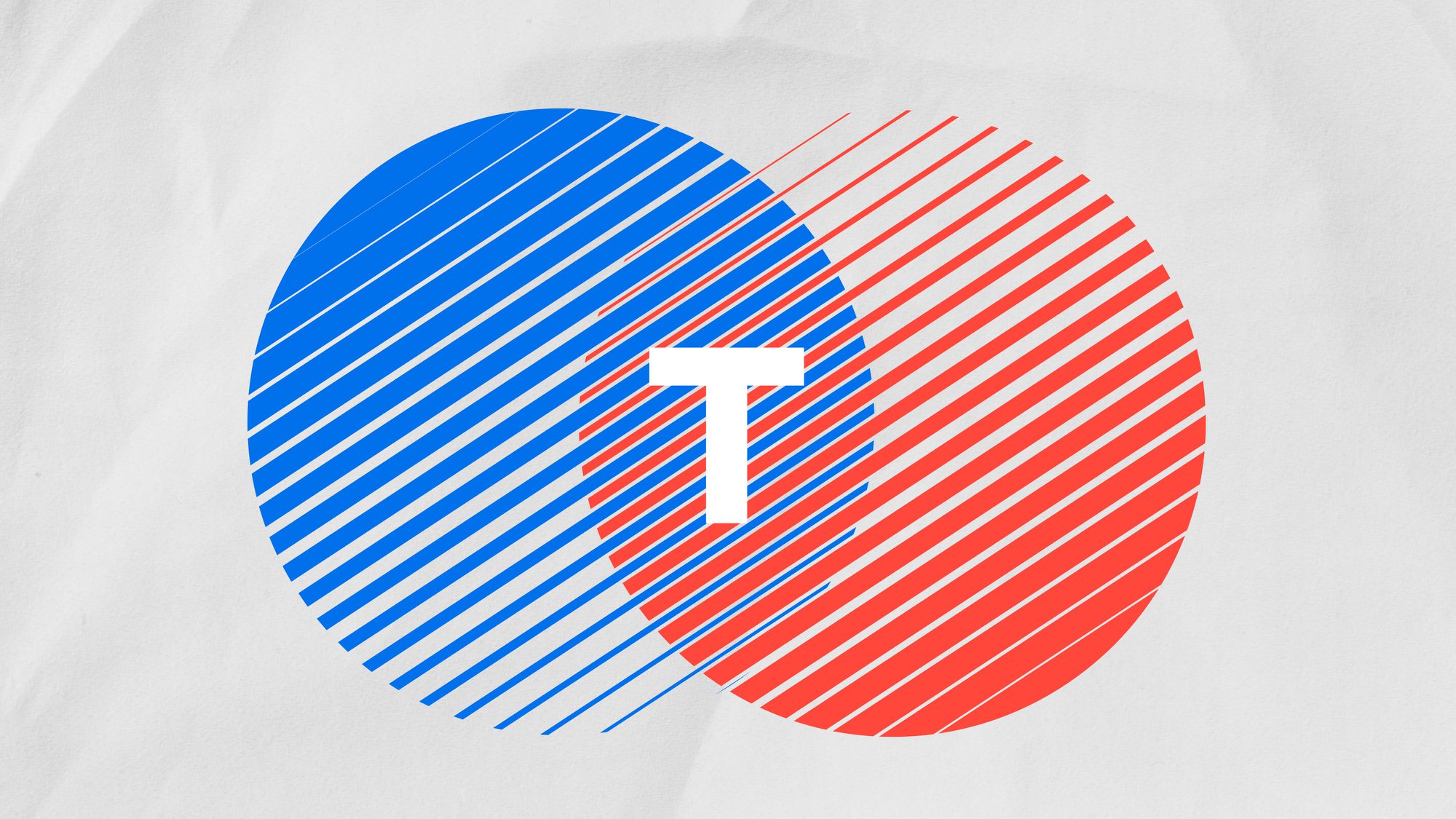6 rules for successful re-points: a value proposition retrospective update on strengthening brand and experience

A while back, we published our original guide to 6 rules for successful re-points, designed to help organisations strengthen their brand, their value proposition and deliver a better customer experience. Fast forward to 2025, the landscape has shifted dramatically. The pace of change has accelerated, driven by generative AI, rapid digital transformation and ever-evolving customer expectations.
Digital is no longer a project or a channel. True market leaders have embraced digital-first, data-driven cultures where brand and customer experience are inseparable. As a retrospective, here’s how our six rules have evolved to meet today’s challenges.
Rule #1: Refocus the Organisation
Previously, we spoke about aligning teams and leadership behind a common purpose for a strengthened value proposition. Today, this goes further. Refocusing now means embedding agility and data-driven decision making into the organisation’s culture, not just its processes.
Teams must be prepared to adapt quickly to emerging technologies, changing regulations and shifting social priorities. The most successful organisations are those that foster resilience and innovation at every level.
Rule #2: Restore Brand Relevance
Relevance in 2025 is hyper-personalised. Customers no longer respond to broad segments they expect brands to understand them as individuals. AI-driven predictive analytics now enable brands to engage in “segments of one”, integrating behavioural and psychographic data to anticipate needs and tailor experiences in real time.
This is particularly crucial as search itself evolves. With Google introducing AI-powered search results that provide direct, conversational answers, a brand’s ability to surface relevant, trustworthy information has become critical. Visibility now depends on creating rich, meaningful content that AI can interpret and rank for its usefulness, rather than simply optimising for keywords.
Market insights are richer than ever, with AI-powered tools providing instant feedback loops. Staying relevant now means listening continuously and responding without delay.
Rule #3: Reinvent the Brand Experience
Back when we first wrote this, the focus was on improving “touch points”. Today, brand experience is about orchestrating seamless, omni channel journeys across digital and physical spaces.
Voice interfaces, the rise of AI agents and personal assistants and multi-sensory branding such as sonic identities and tactile feedback are increasingly part of how customers interact with brands. With AI-enhanced search shaping the way people discover products and services, brands must think beyond static pages. Experiences need to be conversational and context-aware, connecting naturally with how people now search for and consume information.
Beyond transactions, leading brands are building communities and emotional connections designed to drive long-term loyalty.
Rule #4: Reinforce a Results Culture
It’s no longer enough to track results after the fact. Modern brands are actively using AI-powered analytics to predict outcomes, shifting focus from lagging indicators to forward-looking performance.
Balanced scorecards now measure not only financial success but also social and environmental impact, reflecting heightened consumer expectations for responsible business. Recognition and rewards are increasingly tied to these broader measures of success.
Rule #5: Rebuild Brand Trust
Trust remains fundamental, however in 2025, it’s earned through radical transparency and verifiable action. Greenwashing or vague promises are easily exposed.
Leading organisations are using technologies such as blockchain to provide proof of commitments, from sustainable sourcing to customer guarantees. Authenticity and measurable action are non-negotiable in building lasting trust, and with AI search surfacing direct answers from multiple sources, brands must ensure their actions and communications withstand scrutiny wherever they appear online.
Rule #6: Realise Global Alignment
In our earlier post, we emphasised “freedom within a framework”. That principle still stands, but “global” now often means hyper-local. Successful brands regionalise their strategies, campaigns and even products to resonate with local cultures and values.
AI-assisted insights now empower local teams to respond swiftly to market nuances while staying aligned with the overarching brand purpose. This responsiveness has become even more vital as AI search begins to prioritise locally relevant, contextually rich information for users worldwide.
AI and Human Creativity: The New Brand Power Couple
AI isn’t replacing human creativity; it’s amplifying it. Brands that successfully combine AI efficiency with authentic human storytelling are the ones winning both hearts and minds. From real-time customer journey optimisation to predictive service design, AI augments the creative process, freeing teams to focus on bold, human ideas.
More Human, More Real
In a world saturated with automation, customers crave authenticity. They want to see real people and hear genuine stories, and they expect brands to align actions with purpose. As AI-driven search and recommendations dominate discovery, being human and real isn’t just desirable – it’s essential to stand out and be trusted.
Looking Ahead
Our original six rules remain a strong foundation, but as with “proposition engineering”, they must evolve continually. In 2025 and beyond, the successful brands will be those who lead with courage, blending advanced technology with human insight to create meaningful, enduring connections with customers.
With AI transforming not just marketing but search itself, brands have an opportunity to be more discoverable, more relevant and more authentic than ever before. The challenge now is to adapt with intent and clarity, ensuring your brand thrives in an AI-shaped world.




